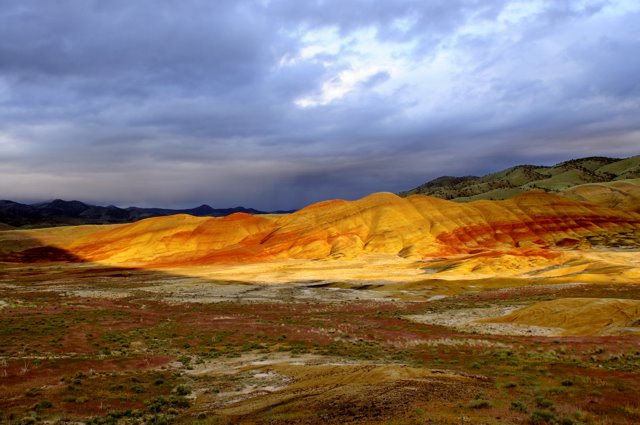
Did your fireworks shots come out? Lots of camera's have a special fireworks setting for capturing those fantastic shots, but it doesn't always work as you expect.
Because I use digital SLR's I set my camera to manual, selected a small aperture, set the shutter to bulb, the focus to manual and focused on infinity. The moon was out and I eventually focused on it, but since I was not using a tripod the images of the moon were blurry. I should have been using a tripod. I also used a zoom lens and tried several different focal lengths.
My wife uses a Nikon P80 though and manual settings do not work for her. She needs the camera to help decide what settings to use. The P80 has a fireworks setting but she found it didn't work for her. She got better results using the "Night Landscape" setting.
My grandson was using my old D70 with a zoom lens too. This kid always amazes me with what he captures and his fireworks shots were no exception. We set his camera to manual, turned off autofocus, set the shutter to bulb, and the the aperture to a small f/stop. He had a little trouble with focus early on but got it with a little help from me. I think he got more good shots than I and we were shooting the same scenes.
My intent with this post is simply to point out that even if your camera has a setting for everything, it may not capture the image as you want it. You don't have to simply accept what it does. Change the settings until you get what you want, not what the camera thinks you want.
I hope you found this post helpful and interesting. I also want to invite you to visit my website at www.dwainspix.com, and my galleries at http://DwainsPicks.imagekind.com/
Thanks for visiting
Dwain V

No comments:
Post a Comment